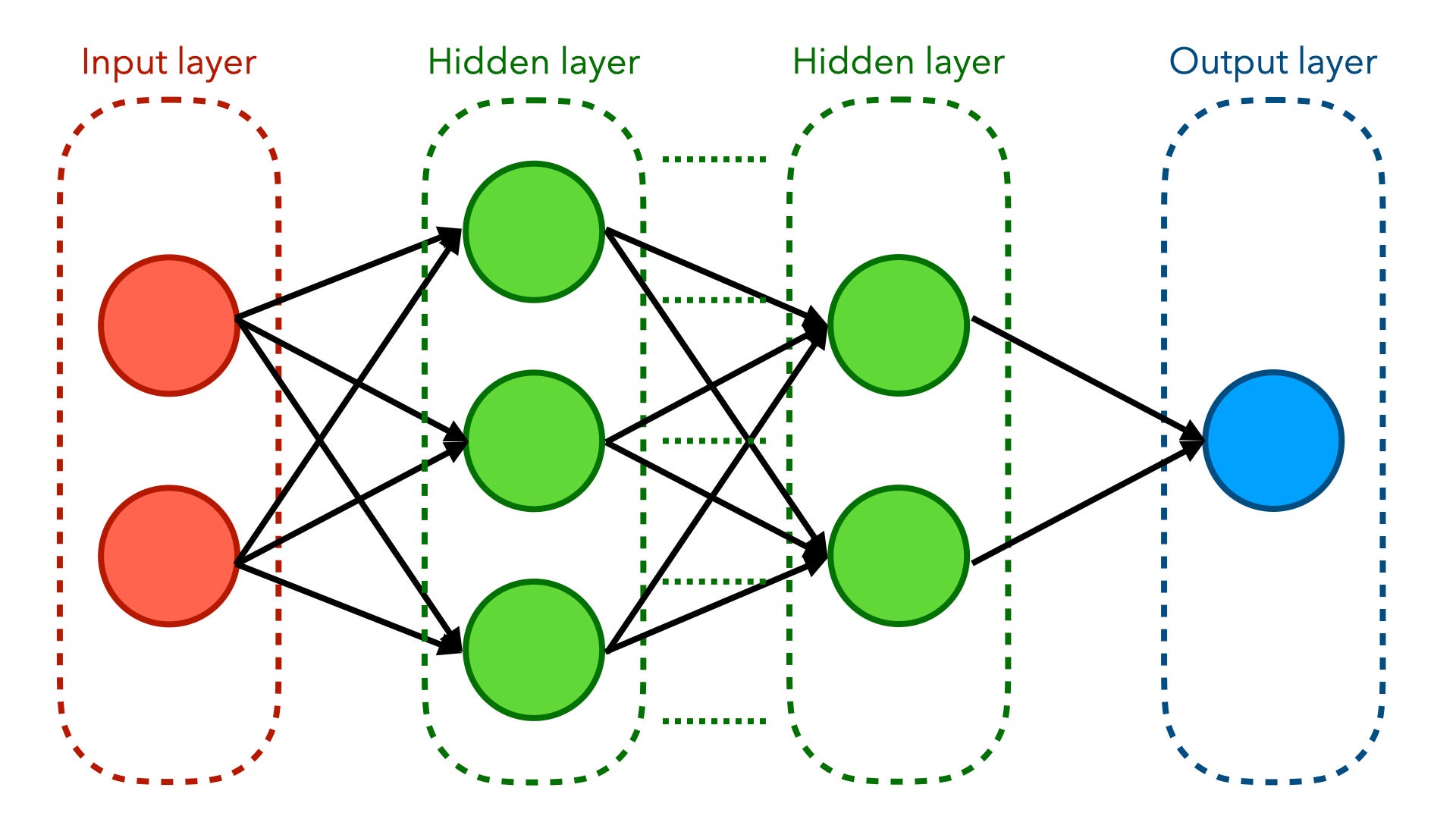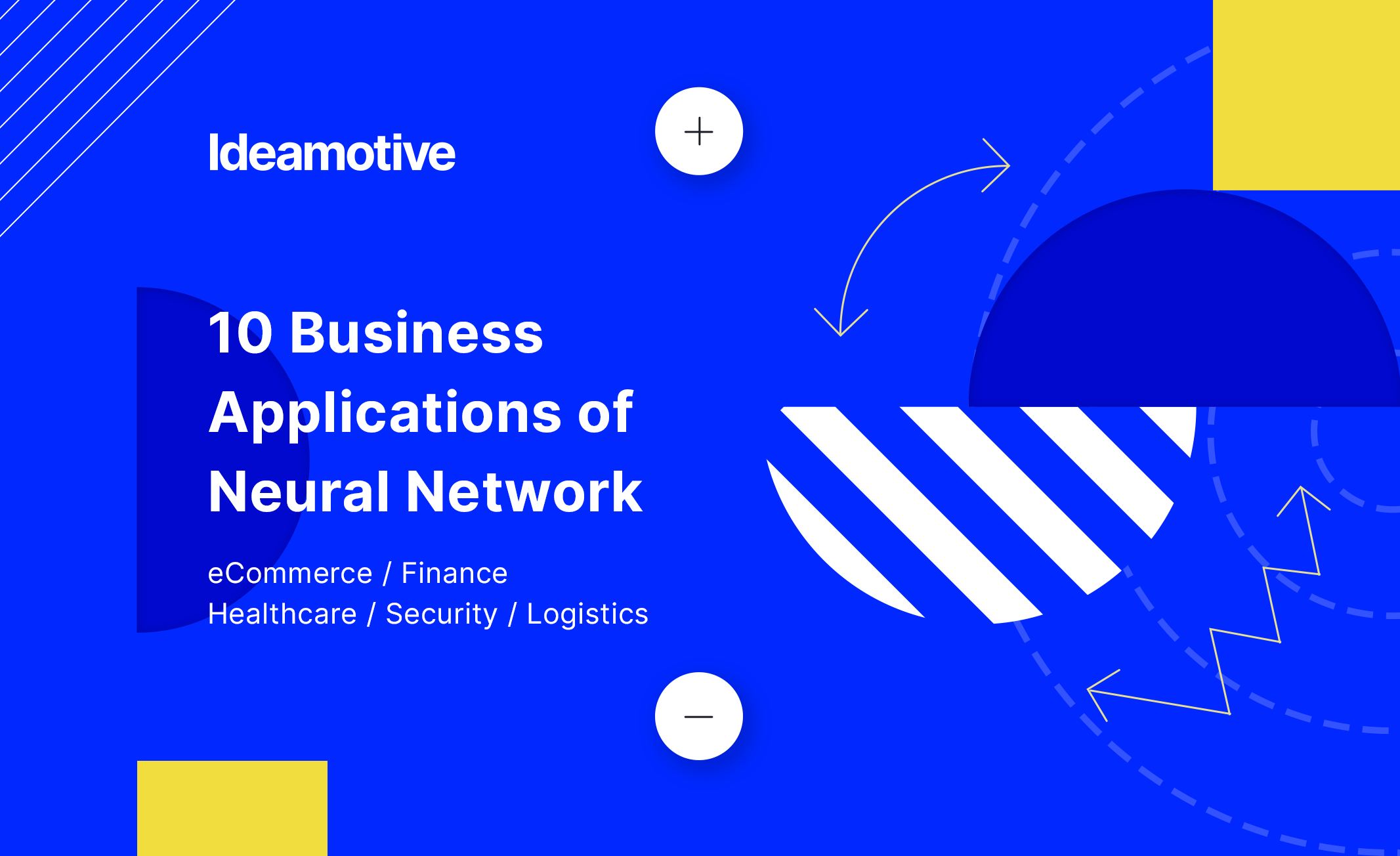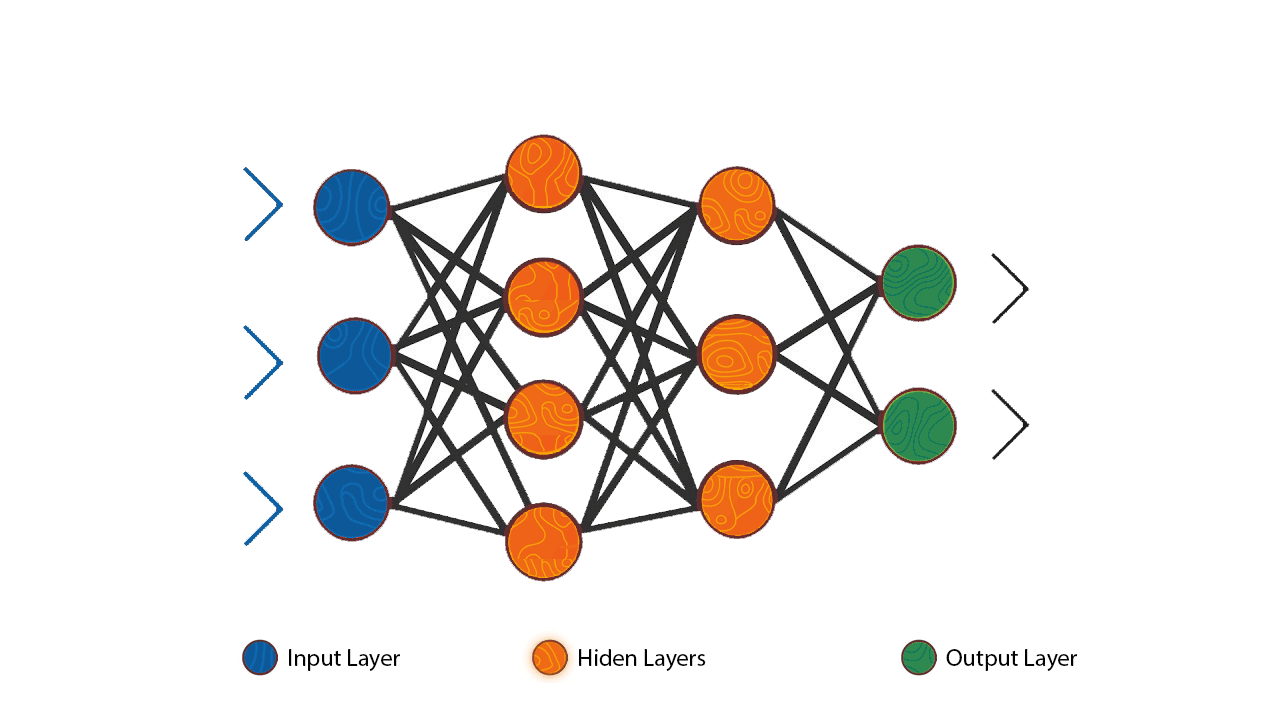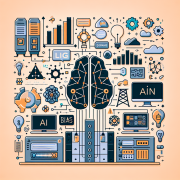Exploring Artificial Neural Networks: Shaping AI’s Future
Delving Deeper into the Essence of Artificial Neural Networks: The Future of AI
A comprehensive exploration into the intricacies and future directions of artificial neural networks.
Understanding the Fundamentals: What Makes Artificial Neural Networks Tick
In the realm of artificial intelligence (AI) and machine learning, artificial neural networks (ANNs) stand as a cornerstone, mirroring the neural pathways of the human brain to process information. This intricate system, comprising layers of interconnected nodes or “neurons,” is designed to recognize underlying patterns and data through a process known as learning. At its core, each node represents a mathematical operation, paving the way for the network to learn from and adapt to the input data it receives.
Considering my background in developing machine learning models, including those focusing on self-driving robots, the importance of ANNs cannot be overstated. These models rely on the robustness of ANNs to accurately interpret vast amounts of real-time data, enabling decisions to be made in fractions of a second.

The Evolution and Broad Applications: From Theory to Real-world Impact
ANNs have experienced tremendous growth, evolving from simple architectures to complex, deep learning models capable of astonishing feats. Today, they are crucial in developing sophisticated technologies, including voice recognition, natural language processing (NLP), and image recognition.
The versatility of ANNs is further demonstrated through their applications across various industries. In healthcare, for instance, they are revolutionizing patient care through predictive analytics and personalized treatment plans. Similarly, in the financial sector, ANNs power algorithms that detect fraudulent activities and automate trading strategies, underscoring their pivotal role in enhancing operational efficiency and security.

Pushing the Boundaries: Emerging Trends and Future Directions
As we venture further into the age of AI, the development of ANNs is poised for groundbreaking advancements. One key area of focus is the enhancement of neural network interpretability—the ability to understand and explain how models make decisions. This endeavor resonates deeply with my stance on the importance of evidence-based claims, advocating for transparency and accountability in AI systems.
Moreover, the integration of ANNs with quantum computing heralds a new era of computational power, potentially solving complex problems beyond the reach of classical computing methods. This synergy could unlock unprecedented capabilities in drug discovery, climate modeling, and more, marking a significant leap forward in our quest to harness the full potential of artificial intelligence.
Fueling these advancements are continuous innovations in hardware and algorithms, enabling ANNs to operate more efficiently and effectively. This progress aligns with my experience working on AWS-based IT projects, emphasizing the critical role of robust infrastructure in advancing AI technologies.

Navigating the Ethical and Technical Challenges
Despite the promising trajectory of ANNs, their advancement is not without challenges. The ethical implications of AI, particularly in the context of bias and privacy, demand rigorous scrutiny. As someone who values the critical examination of dubious claims, I advocate for a cautious approach to deploying ANNs, ensuring they are developed and used responsibly.
On the technical front, challenges such as data scarcity, overfitting, and computational costs continue to pose significant obstacles. Addressing these issues requires a concerted effort from the global AI community to develop innovative solutions that enhance the accessibility and sustainability of ANN technologies.









Leave a Reply
Want to join the discussion?Feel free to contribute!